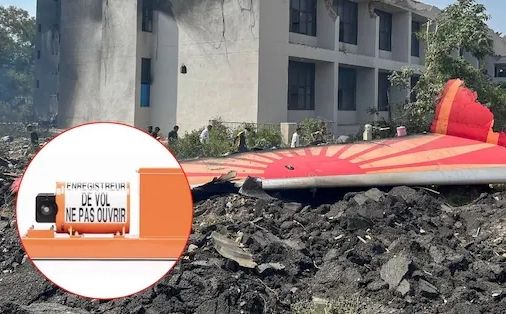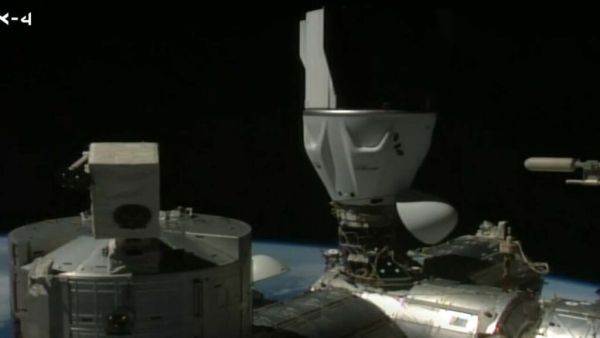
Information from the black boxes recovered from the June 12 Air India plane crash has been successfully downloaded and is being analysed, the government said Thursday afternoon.
The black boxes - a flight data recorder, or FDR, and a cockpit voice recorder, or CVR - were damaged in the crash, and there were questions over the recovery of usable data. Last week, sources told NDTV government may send the FDR and CVR to the United States for forensic extraction of data.
However, in a big breakthrough, the Aircraft Accident Investigation Bureau has succeeded in safely extracting the Crash Protection Module, or CPM, and the memory module, and downloaded all data.
The government said both boxes - one found on the rooftop of the hostel into which the plane crashed, and the other from the debris - were securely transported to the AAIB lab in Delhi on Tuesday.
The first black box reached the AAIB lab at 2 p.m. The second reached a5.15 p.m.
The data extraction began on the same day, nd the process was completed by Wednesday.
CVR data is expected to shed light on cockpit conversations, crew responses, and ambient sounds, while the FDR contains parameters like altitude, airspeed, flight control inputs, and engine performance.
"Analysis of CVR and FDR data underway. These efforts aim to reconstruct the sequence of events leading to the accident and identify contributing factors to enhance aviation safety," the government said.
This means we are now a (giant) step closer to understanding why AI 171, Air India's Boeing 787-8 Dreamliner, crashed 36 seconds after take-off, killing 241 people on the plane and 34 on the ground.
Questions For AI Black Box: 'What Alarms Rang?'
These are some of the key questions the data should be able to answer.
1. What did Captain Sabharwal say in his distress call?
The Civil Aviation Ministry said a distress call had been broadcast seconds before impact. 'Mayday, mayday...' was what Captain Sabharwal reportedly told Ahmedabad ATC.
There were also reports that Captain Sabharwal had flagged the loss of power and thrust as well.
CVR data should reveal if he did, indeed, also say '... no power... no thrust...', which will be a key piece of evidence pushing investigators to focus on the engine as the cause for the crash.
2. What time was the message sent?
The plane took off at 1.39 pm, the government has confirmed.
Thirty-six seconds later, it crashed.
What happened in that painfully brief period?
CVR data will pinpoint the exact millisecond Captain Sabharwal sent his 'mayday' message, which will establish just how much time First Officer Clive Kunder and he had to try and rescue the plane.
Only one passenger - a British-Indian man seated in 11A - survived the horrific crash.
It is still unclear what caused the crash, but the prevailing theory, backed by audio and video of the crash that seems to show deployment of the RAT, or Ram Air Turbine, is either a dual engine malfunction or a system-wide hydraulic or electronic failure.
The airline has, though, said the plane that crashed had regular safety checks and had its right engine changed less than four months earlier. The left had been inspected in April, it said.
Meanwhile, a parliamentary committee is expected to convene next week to discuss safety issues in the civil aviation sector, including aircraft maintenance concerns. Government officials, airline reps, and Boeing executives have been summoned and are expected to face tough questions, sources said.
Sources had told NDTV of 'multiple shortcomings' in the aviation sector, with aircraft maintenance a matter of concern. The committee will also address frequent helicopter accidents.
-
How to submit your Arji to Khatu Shyam Ji without visiting the temple

-
From glowing skin to weight loss, juice of this thing with carrots is no less than a miracle

-
Consuming these 6 fruits will eliminate stains, will improve the skin

-
Group Captain Shubhanshu Shukla created history, the first Indian to reach ISS

-
Vivo X200 Fe Launching Official Confirm in India; Microsite is also live
